Phonics Teaching Resources
Make teaching phonics easy with printable phonics worksheets, activities, games and more designed for elementary ELA and ELAR teachers.
This collection of curriculum-aligned teaching resources has been carefully reviewed by our expert teaching team to make sure every resource is classroom-ready — so we can make your lesson planning easier!
New to teaching phonics, or just looking for new ways to engage your students? Read on for a primer from our teacher team!
What Is Phonics?
You've likely heard the word "phonics" thousands of times throughout your own education and maybe on one of those old as from the '90s. But what is phonics, exactly?
Phonics is technically defined as the systematic instruction of the relationships between letters and sounds in written language. But that's a mouthful, isn't it? More simply, phonics is the word we use to refer to the method of teaching reading by focusing on the relationship between written letters and the sounds they represent.
In phonics, kids learn how to decode written words by recognizing the sound-symbol correspondence.
Phonics vs. Phonemic Awareness
When we start talking about letters and their sounds, we start to wander into phonemic awareness territory. So what's the difference?
The words phonics and phonemic are similar, and the two concepts are — surprise, surprise — related. But there are key differences.
Phonemic awareness is essentially the ability to identify and manipulate individual sounds — aka phonemes — in spoken language. It's those individual sounds and their correspondence to the letter symbols that can be used by kids to then decode written words.
So students learn to recognize the individual sounds of spoken language (phonemes) and how these sounds can be represented by letters (graphemes) in written language. Then they apply this knowledge to decode written words by understanding the sound-symbol correspondence.
Consider this example:
- Let's say your student can identify the separate sounds in a spoken word such as "cat" (i.e., /k/ /a/ /t/). That's phonemic awareness.
- Now let's say you're teaching that same student that the letter "c" represents the /k/ sound and that the letter "a" represents the /a/ sound, and that these sounds combine to form the word "cat." That's phonics!
How to Teach Phonics
OK, you probably already know that phonics is all about teaching word recognition via grapheme-phoneme associations and letter-sound correspondences.
It’s a means of teaching early readers the pieces that make up a word so they can blend them together to decode the English language as readers and writers.
But how do you teach it?
In the earliest stages, phonics instruction typically begins with teaching students the most common letter-sound relationships. You start with consonants, then move on to vowels, then consonant blends.
Students then learn to sound out words by decoding the letters and blending the sounds together to form words.

Phonics Vocabulary Terms
The English language system is one of the hardest to teach and learn, so how do you teach phonics? Let’s start with the phonics vocabulary.
- For starters, there are 26 letters that create approximately 44 phonemes, the word for the individual speech sounds that make up words. Put together, phonemes make words. OK, easy enough, right?
- Well, these phonemes can be written in over more than 200 different letter combinations, known as graphemes. Graphemes can be made up of 1 letter (such as “p” in “pig”), 2 letters (such as “gh” in ghost), 3 letters (such as “igh” in night), or 4 letters (such as “ough” in rough).
- Then there are digraphs or two letters that work together to make one sound — such as “ph” in graph. But wait, isn’t that a grapheme? Yup, a digraph is a type of grapheme.
- So is a trigraph, trigraphs, aka three letters that work together to make one sound, such as “dge” in edge.
- And if you’re teaching phonics, you can’t forget dipthongs, the name for a sound that is formed by the combination of two vowels in a single syllable, such as “ou” in loud.
Most students will spend kindergarten, first, and even second grade getting a handle on all phonics elements!
- Free Plan
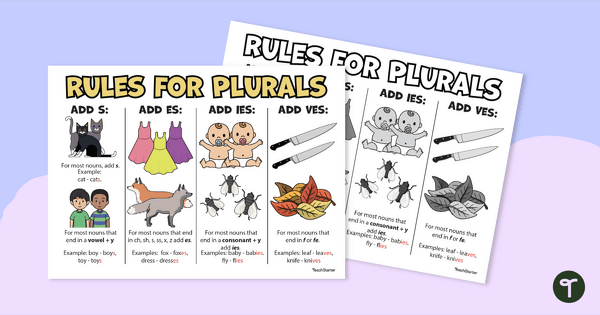
Plural Nouns Chart - Printable Plural Rules Guide
Give your students a reference guide to help them remember all of the different plural rules.
- Free Plan

Consonant Digraph Cut-and-Paste Worksheets
Reinforce your students' knowledge of consonant digraphs with this set of cut-and-paste worksheets.
- Free Plan
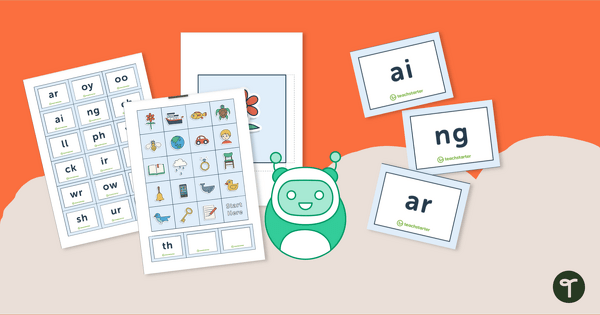
Digraph Coding Robot Mat
Practice identifying digraphs with the help of a coding robot and mat.
- Free Plan
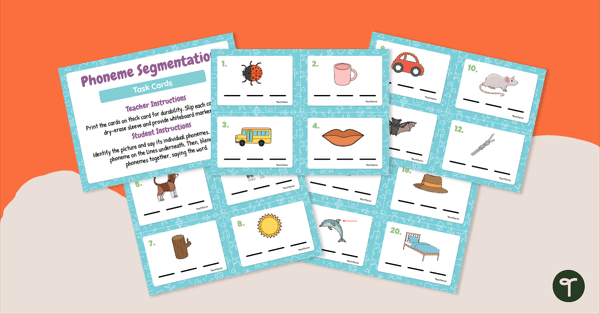
Phoneme Segmentation Task Cards
Segment beginning, middle vowel, and final phonemes with this set of 20 CVC word task cards.
- Free Plan
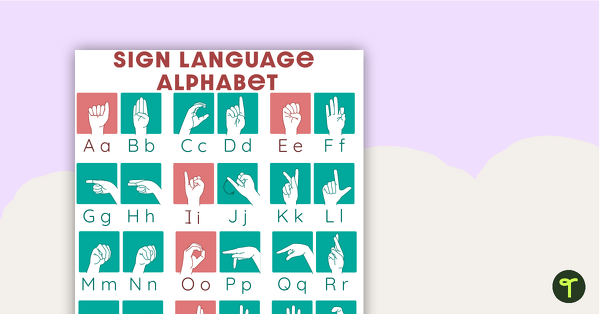
Sign Language Alphabet Poster
Display this poster in your classroom as a reminder of how to represent the letters of the alphabet when spelling words in ASL (American Sign Language).
- Free Plan
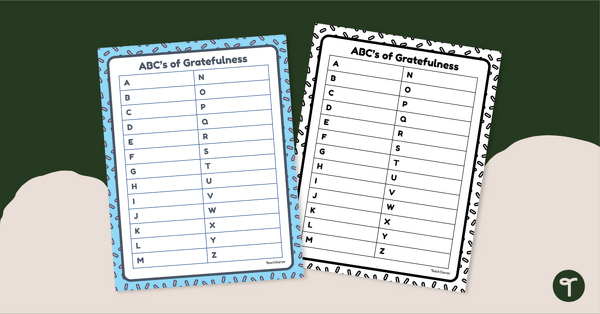
ABC's of Gratefulness - A to Z Gratitude List
Make a list of things to be grateful for with a printable A to Z gratitude list template.
- Free Plan
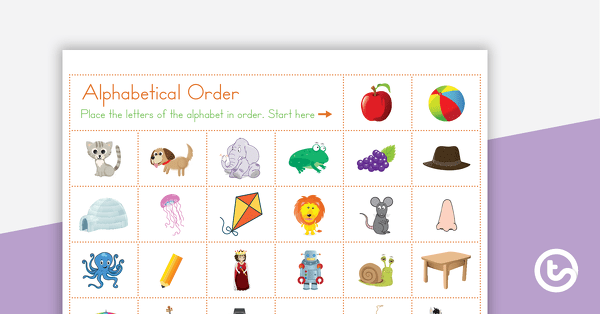
Alphabetical Order Activity
A fun matchup activity to help teach children the letters of the alphabet and their sounds.
- Free Plan
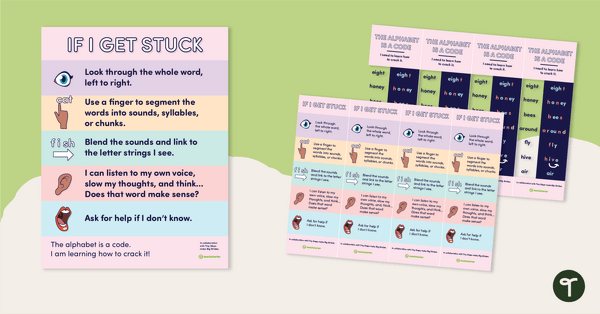
Science of Reading Decoding Strategy Bookmarks and Poster
Help students succeed in reading fluency with this free printable bookmark and poster set of strategies for decoding unknown words.
- Free Plan
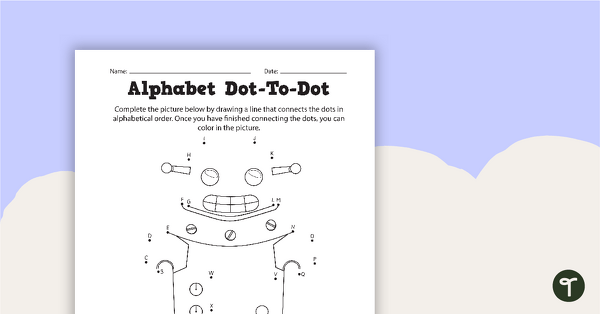
Connect the Dots Printable Alphabet Worksheet (Robot-Themed)
Download the free connect the dots printable for your students to practice putting letters in alphabetical order.
- Plus Plan
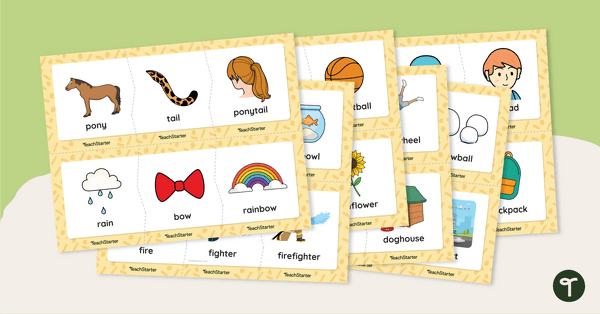
Building Compound Words - Puzzles
Practice building compound words with this set of 20 puzzles, each with three pieces—two smaller words and the compound word they form.
- Free Plan
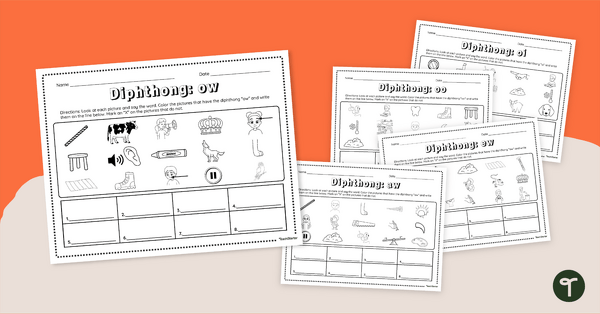
Vowel Teams Diphthong Worksheets
Practice diphthongs with this set of fun and engaging worksheets.
- Free Plan
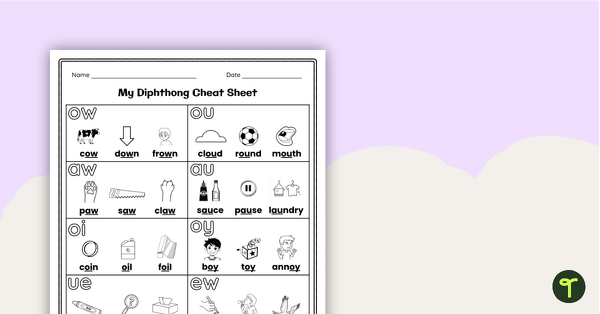
My Diphthong Cheat Sheet
Help students learn all about diphthong vowel teams with this handy diphthong student reference sheet.
- Plus Plan
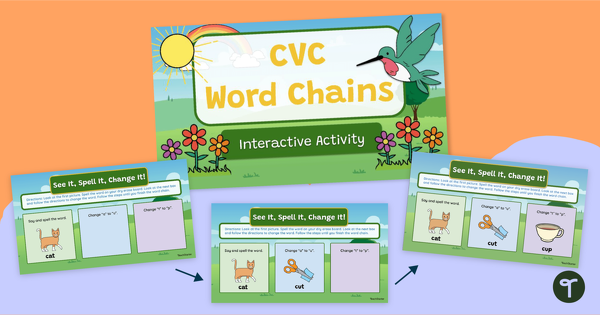
CVC Word Chains - Interactive Activity
Practice spelling CVC words and manipulating their phonemes to create word chains with this digital resource.
- Free Plan
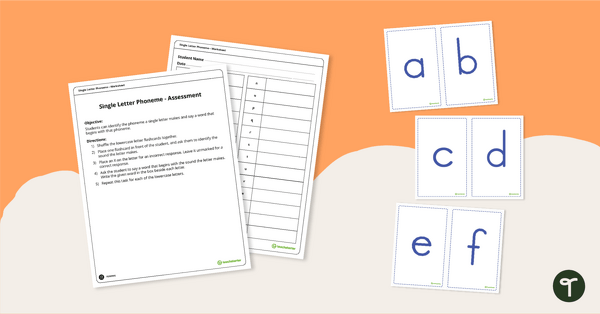
Quick Phonics Screener- Single Letter Phoneme
Test your students' knowledge of single letter phonemes with this student assessment kit.
- Free Plan
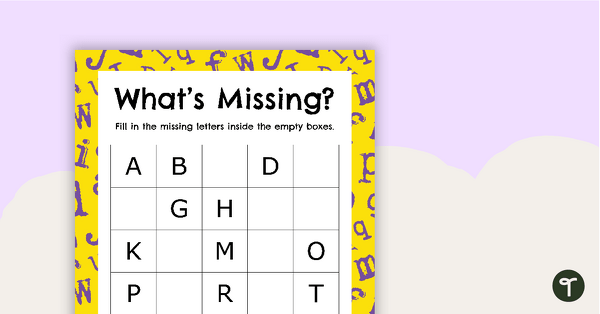
What's Missing? - Alphabet Worksheet
A set of worksheets to practice writing the letters of the alphabet in order.
- Plus Plan
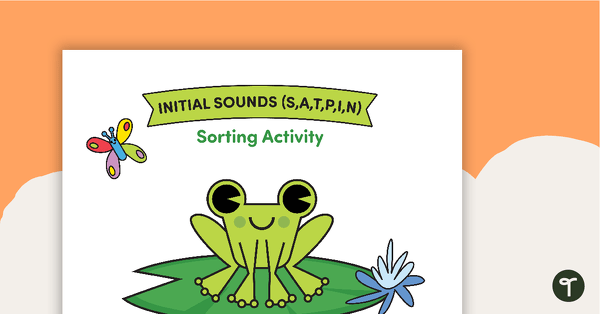
Initial Sound Sorting Activity (s, a, t, p, i, and n)
A sorting activity to practice initial sounds regarding the letters s, a, t, p, i, and n.
- Free Plan
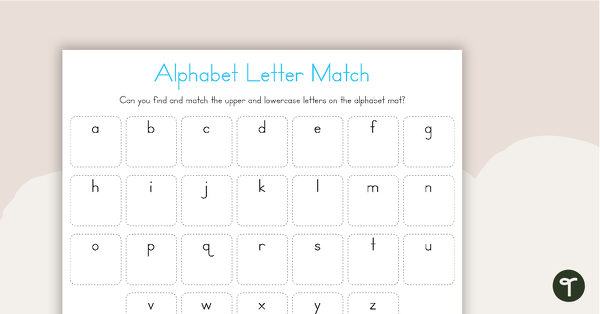
Alphabet Letter Match
A fun match-up activity to consolidate your students' knowledge of uppercase and lowercase letters.
- Plus Plan
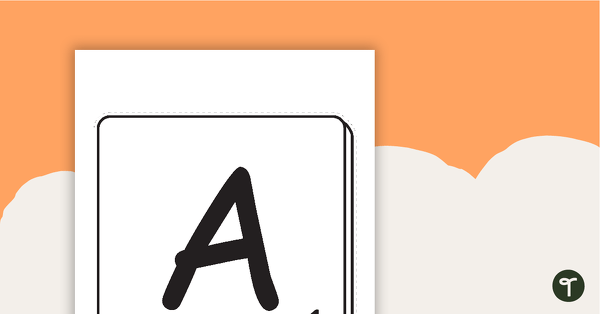
Giant Letter Tiles with Numbers - Uppercase
Use these giant letter tiles for a variety of vocabulary and spelling activities.
- Plus Plan
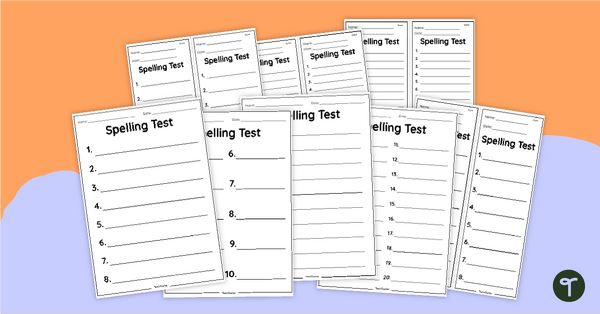
Spelling Test Template Pack
Make those Friday spelling assessments easier with a pack of printable Spelling Test Templates!
- Plus Plan
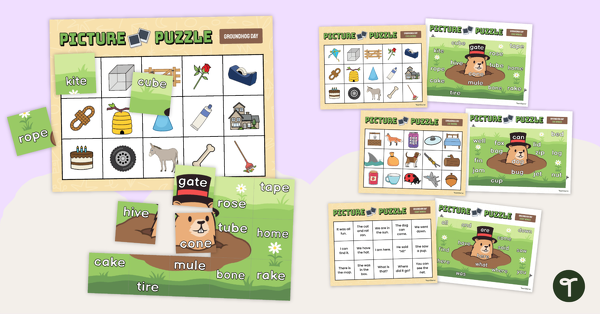
Groundhog Day Picture Puzzles - CVC, CVCe, and Sight Words
Identify and read CVC, CVCe, and grade-level sight words with a set of fun Groundhog Day themed picture puzzles.
- Free Plan
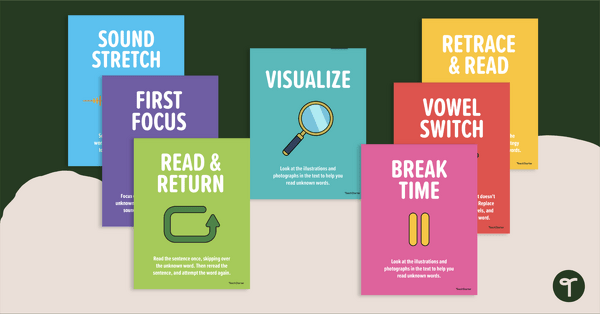
Decoding Strategy Poster Pack
Display different decoding strategies in the classroom with this printable poster pack.
- Plus Plan
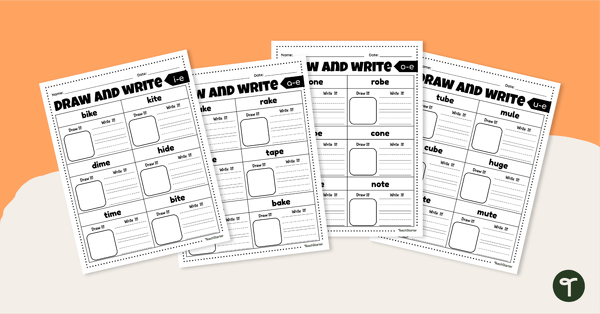
Draw and Write Final E Worksheet Pack
Provide extra practice reading, spelling, and writing final-e words with Draw and Write Worksheets.
- Plus Plan
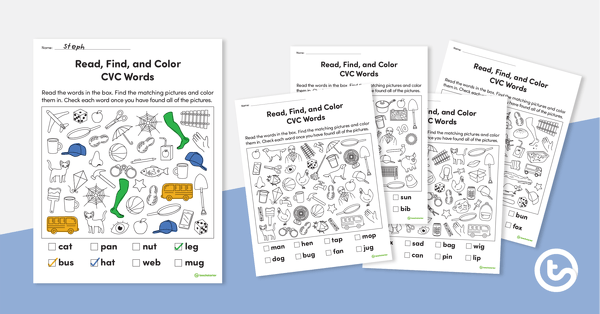
Read, Find, and Color – CVC Words
Practice decoding CVC words with this set of five "search and find" worksheets.
- Free Plan
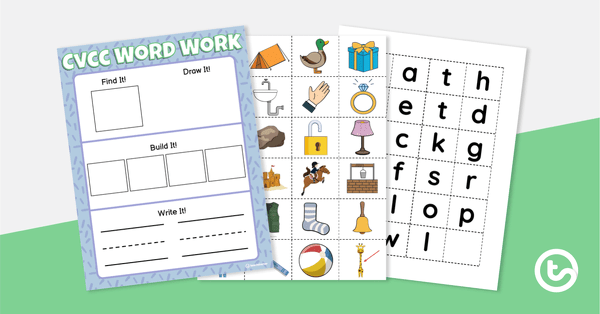
CVCC Word Work Mat
Practice segmenting and spelling simple words with this set of 24 CVCC picture task cards.
- Plus Plan
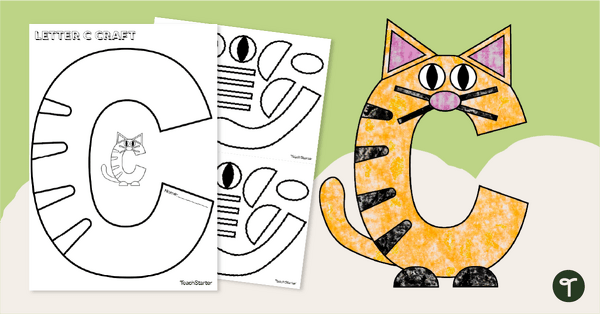
Letter Craft Activity - 'C' is For Cat
Assist young students with letter recognition, phonemic awareness and fine motor development with an adorable Letter C Cat Craft Template.
- Plus Plan
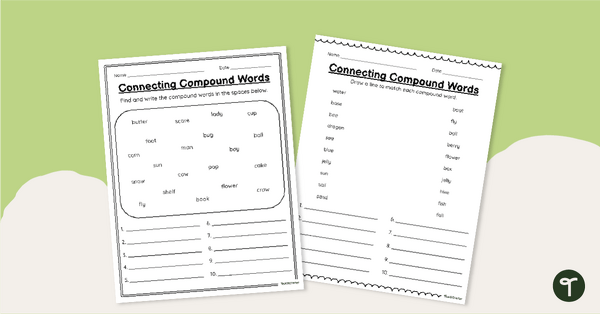
Combining Words - Compound Word Worksheets for Kids
Combine word parts to build compound nouns with a printable compound word worksheet.
- Plus Plan
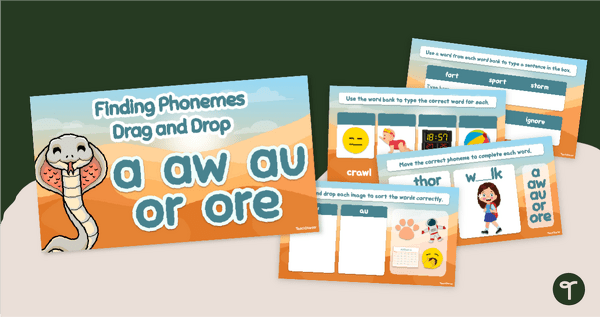
Finding Phonemes - A, AW, AU, OR, ORE Digital Learning Activity
Read and spell words using the au, aw, a , or, and ore phonemes with an interactive digital learning activity.
- Free Plan
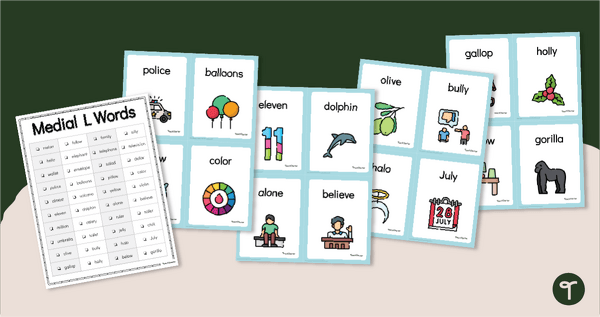
Medial L Words - List & Flashcards
Practice reading and articulating Medial L words with a list of 50 words and accompanying illustrated flash cards.
- Plus Plan
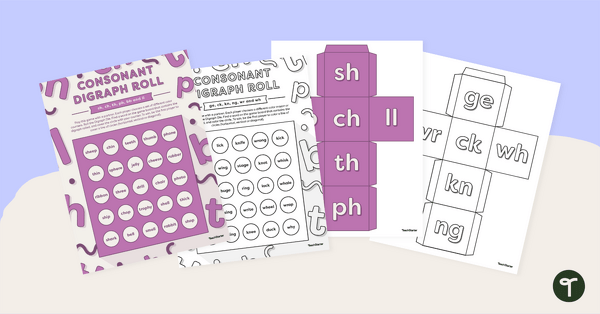
Consonant Digraph Cover Up Game
Practice consonant digraphs with your students with this set of two fun partner cover up games.
- Plus Plan
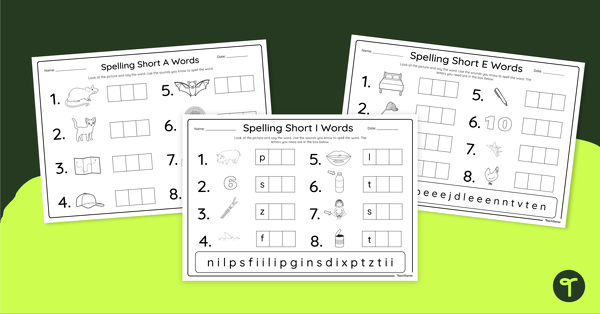
Spelling CVC Words - Worksheets
Develop students’ ability to segment and blend the sounds in CVC words with this set of differentiated worksheets.
- Free Plan
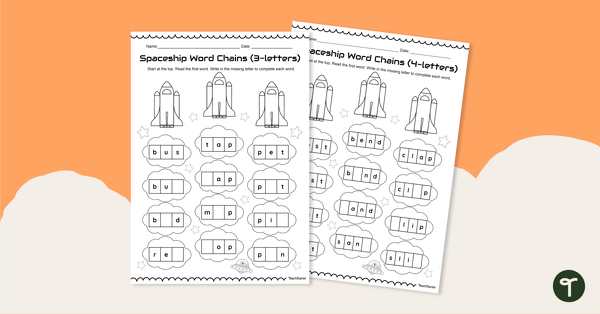
Spaceship Word Chains - Worksheets
Manipulate the individual phonemes in 3- and 4-letter words to create new ones with this set of word chain worksheets.
- Plus Plan
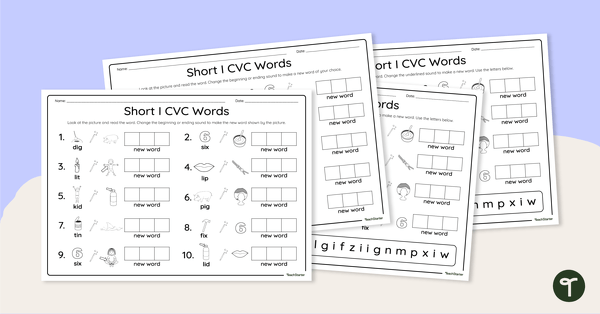
CVC Worksheets - Short I Phoneme Manipulation
Manipulate the individual phonemes in “short i” CVC words with this set of differentiated CVC worksheets for kindergarten.